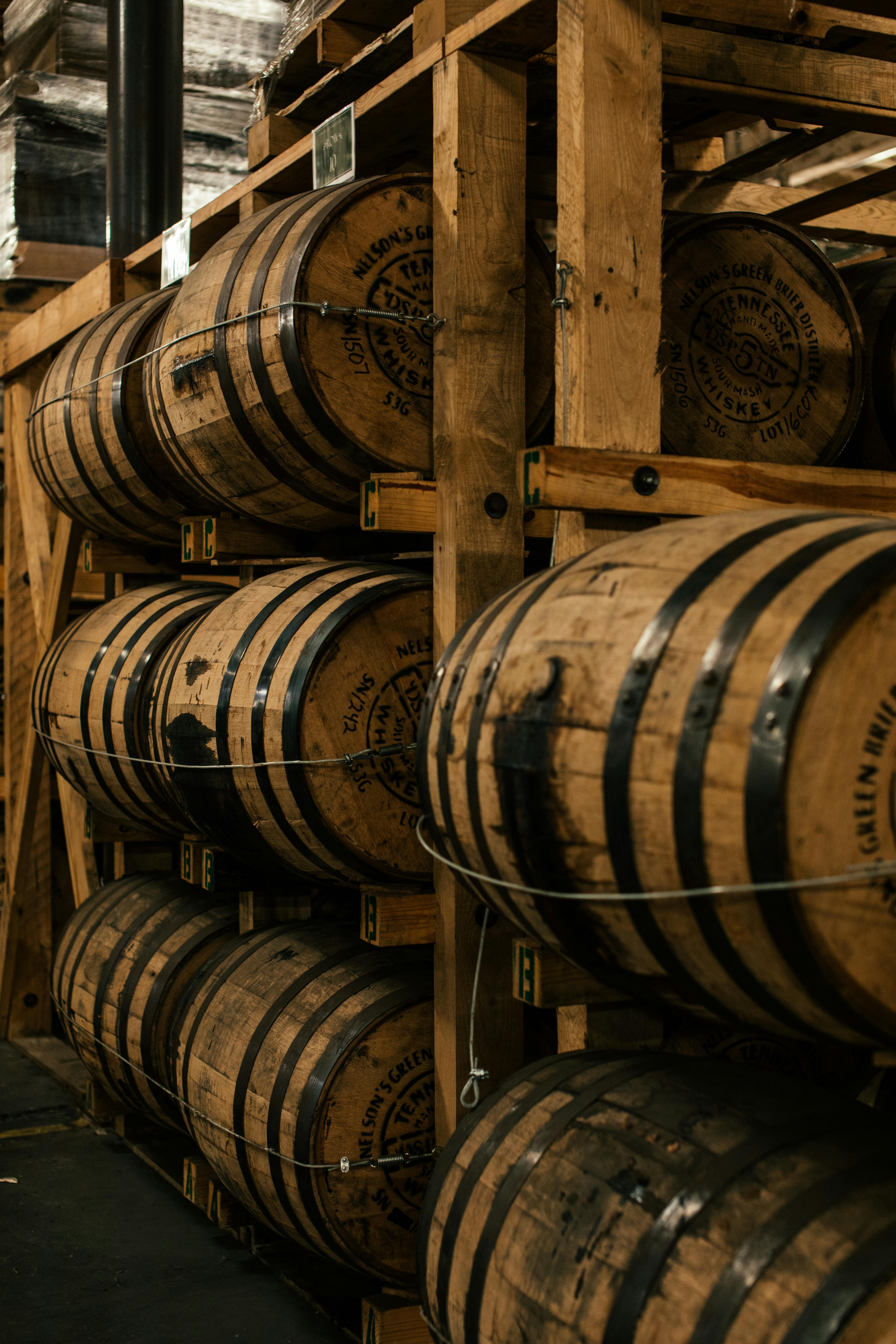Unlocking the Secrets of Whiskey Aging
Whiskey enthusiasts know that aging is where the magic happens. But what's the science behind this transformation? Let's dive into how different barrel types influence the complex flavors of your favorite spirit.
The Oak Effect
Oak barrels are the gold standard for whiskey aging. Here's why:
- Porous nature allows whiskey to breathe
- Imparts vanilla, caramel, and woody notes
- Tannins add structure and complexity
American vs. European Oak
The origin of the oak makes a significant difference:
- American Oak: Adds sweetness, vanilla, and coconut notes
- European Oak: Provides spicier, drier flavors with hints of fruit
The Impact of Previous Contents Many whiskeys are aged in barrels that previously held other spirits:
- Sherry casks: Impart rich, fruity flavors
- Bourbon barrels: Add sweetness and vanilla notes
- Port pipes: Contribute deep red fruit and slight sweetness
Charring and Toasting
The level of char or toast on a barrel interior affects flavor:
- Light char: Subtle oak influence, allows more spirit character
- Heavy char: Bold smoky notes, increased vanilla and caramel
The Aging Journey
As whiskey ages, it undergoes several processes:
- Extraction: Pulls flavors from the wood
- Oxidation: Softens harsh notes and develops complexity
- Evaporation: Concentrates flavors (the "Angel's Share")
Conclusion:
The science of whiskey aging is a delicate dance between spirit and wood. By understanding how different barrel types influence flavor, distillers craft the unique profiles we love. Next time you sip your favorite whiskey, take a moment to appreciate the barrel that shaped its character.


